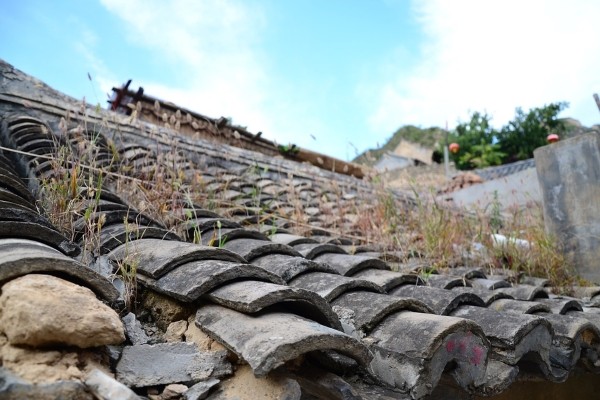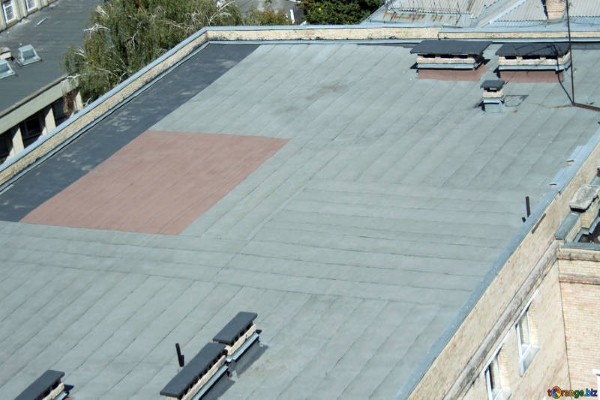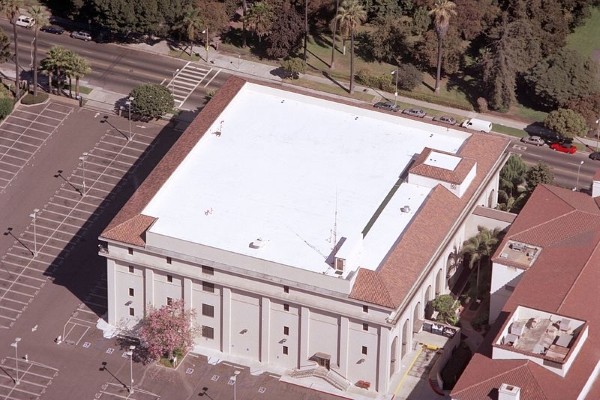As the year steps into its final quarter, are the advantages and disadvantages of flat roof structure still true?
Walking around Youngstown, Ohio, you’ve probably seen plenty of commercial buildings sporting a flat-roofed look. While you haven’t the opportunity to see the flat roofs in person, you can conclude they’re durable. In fact, their sturdiness in carrying dozens of HVAC systems sometimes astounds you.
After reading this post, you will:
- Know whether these advantages and disadvantages of flat roof structure still hold true for 2018
- Learn about the different types of roofing materials most Youngstown flat roofs use
Advantages and Disadvantages of Flat Roof Structure
Just like any other roofing structures, flat roofs are effective and ineffective in their respective ways. The humid continental climate of Youngstown, Ohio plays a huge role in the longevity of roofing materials.
This means flat roofs with excellent materials can withstand heavy rains and snowstorms with careful maintenance and support drainage structure development.
This 2018, these advantages and disadvantages of flat roof structure still hold true for Youngstown properties.
Advantages
Low Installation and Material Cost
EPDM roofs cost only about $0.4 per square foot. Without labor, a property owner will spend about $400-$600 for a square of the roofing material.
Aside from EPDM, TPO and PVC will cost only $10-$16 per square foot, making single-ply materials affordable solutions for property owners.
In addition, labor does not require specific heavy equipment since most single-ply membranes use strong roof adhesive or heat welding reducing labor costs.

Space Efficiency
A flat roof virtually eliminates the existence of an attic. A structure with a high-slope reduces the space inside the attic in favor of better rainwater management and curb appeal.
Flat-roof structures add more than 3-4 squares of internal space. Commercial property tenants can use it as additional work, storage, or any other kind of space.
Roof Usability and Accessibility
Many commercial and industrial structures in Youngstown need a reliable, foot-traffic worthy roof. A flat roof structure is the answer to this requirement.
In 2018, commercial property owners get more leverage from local governments by using green roofs. Green parks are only possible with a flat yet sturdy foundation, and flat roofs are still the answer.
Additionally, commercial properties often place HVAC units and discarded equipment on rooftops, and a stable flat roof plays an important role here.
Disadvantages
Limited Material Options
Each item listed in the next section shows the clear advantages and disadvantages of flat roof structure materials. From this list, you will find that flat roofs do not have a lengthy lifespan beyond 40 years unless provided effective maintenance.
Unfortunately, you cannot use traditional roofing materials on flat roof structures. This means you’ll have to forego using tried-and-tested materials such as clay, slate, and architectural shingles to name a few.

Pooling and Poor Drainage
Pooling and poor drainage is a common problem for flat roofs. High-slope roofs deliver rainwater and snow towards gutters, which have slopes that lead to downspouts and away from the property.
With their low slopes, flat roofs send water sluggishly towards their downspouts. In some cases, the water cannot reach the downspouts due to angular changes. As a result, water continues to pool, placing the material under great duress, and eventually penetrates it.
Common Materials for Flat-Roofed Structures in Youngstown
Asphalt Rolled Roofing
This is a strong yet affordable material used commonly by commercial property owners. It costs only $0.2 per square foot, which means you’re only spending about $200-$400 per square.
While asphalt rolled roofs are durable, they fail to comply with the usual advantages and disadvantages of flat roof structure materials. They only last for 3-5 years even with maintenance. However, during their efficient working period, they will withstand one or two hailstorms.
EPDM
Ethylene propylene diene monomers (EPDM), which contractors refer to usually as rubber roofs, are a better choice than asphalt rolled roofing. They are made from recycled road-worthy tire rubber, slate, and sawdust.
This material can last for 20-30 years with proper maintenance. Unfortunately, consistent with the respective advantages and disadvantages of flat roof structure materials in Youngstown, EPDM is often victim to pooling and penetration.
However, it is durable and reliable enough to use for commercial green flat roofs not susceptible to any foot traffic.

TPO
Thermoplastic polyolefin (TPO) is a modified version of EPDM although a bit more expensive. Unlike EPDM, it comes with a standard white color.
The production process of TPO is parallel to EPDM by using recycled rubber. However, instead of slate and saw dust, manufacturers use talc and fiberglass to improve the durability and capability of the material.
The result is a longer-lasting and durable roofing material that acts as a barrier against UV rays while introducing effective insulation for Youngstown properties.
PVC
Polyvinyl chloride (PVC) is the same material used for durable, long-lasting modern pipelines, floorings, and even ceilings. Now, there are flat roof material variants available.
Their advantages are astounding. They can carry multiple HVAC units with their 300 PPI (pounds per inch) capacity. In addition, they are durable even with heavy foot traffic.
This makes them the primary choice for green roofs and rooftop parks or leisure areas in commercial properties. However, they can be quite expensive.
Modified Bitumen
Contractors also refer to modified bitumen as tar and gravel roofs. Piecing together dense, insulating, and waterproof materials then caking them with tar, these roofs are affordable but long lasting, a choice material for Youngstown property owners.
A modified bitumen roof has a lifespan of 30-40 years. With effective maintenance, they can last for 50 years or more. They insulate effectively and endure rain, hail, or snowstorms better than any single-ply roofing material above. Additionally, it will carry multiple HVAC units as great as PVC materials.
The only downside is their weight. Contractors will always recommend building additional roofing joists and support to avoid modified bitumen roofs from caving in.
Wrapping Up
The advantages and disadvantages of flat roof structure still hold true for Youngstown homes this 2018. However, if you find high-slope roofs more effective for your property, it will have its own set of advantages and disadvantages.

